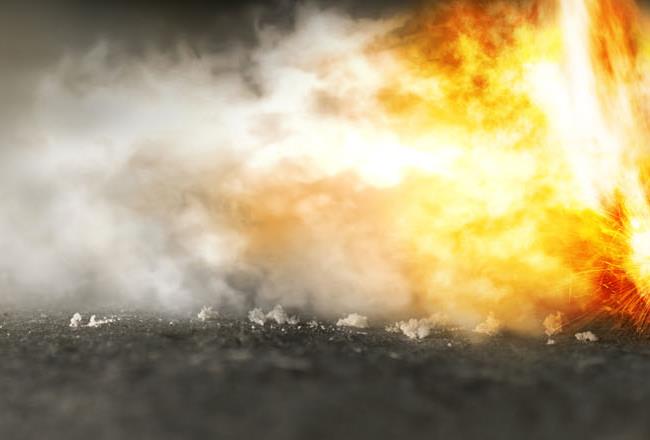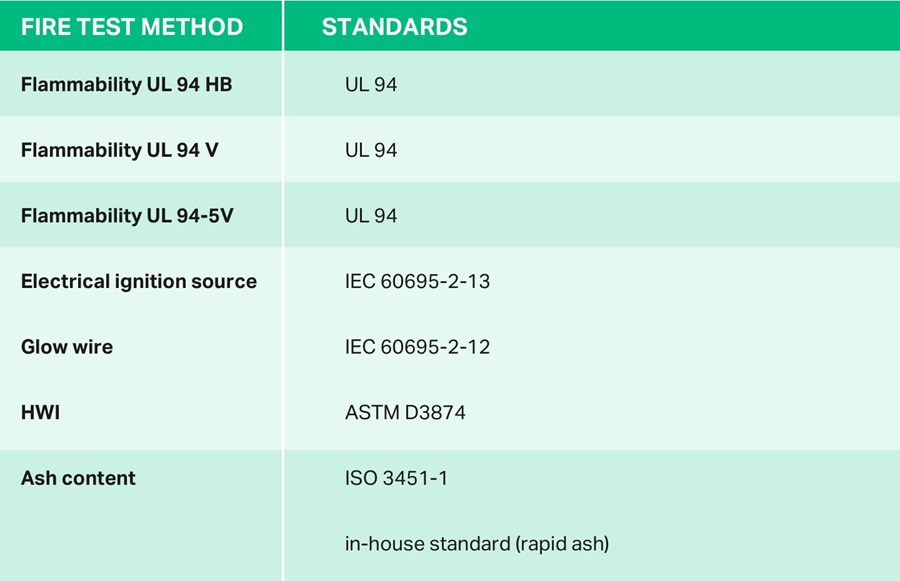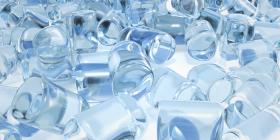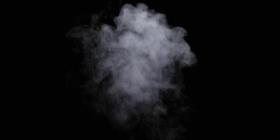
Technology
Fire performance
Assessing the fire performance of thermoplastic polyurethanes is a complex task. Our experts are ready to support you at every step along the way with their materials and testing expertise.
Featured Brands
- Thermoplastic polyurethanes
All organic substances – including plastics – are combustible. The fire performance of thermoplastic polyurethanes is essentially described by the following parameters:
• Ignitability
• Flame spread
• Heat release
• Smoke development (smoke density and toxicity of fire gases)
• Surface-to-mass ratio of the combustible materials
• Ignitability
• Flame spread
• Heat release
• Smoke development (smoke density and toxicity of fire gases)
• Surface-to-mass ratio of the combustible materials
In addition to being influenced by a material’s inherent properties, fire performance is determined by other associated factors:
• Distribution
• Storage conditions
• Quantity of the material
• Thermal pretreatment
• Ventilation
• Exposure time and intensity of the ignition source, etc.
In view of the complexity of the influencing variables, it is not possible to provide a universally valid description of the fire performance of Desmopan® grades. A large number of standards and regulations describe what are frequently highly specific applications and test procedures, but their absolute information value is limited. In case of doubt, please contact our technical product support team, who will be pleased to provide advice and assistance at all times. A number of particularly important and widely-used fire tests are listed below. However, this list does not claim to be exhaustive.
• Distribution
• Storage conditions
• Quantity of the material
• Thermal pretreatment
• Ventilation
• Exposure time and intensity of the ignition source, etc.
In view of the complexity of the influencing variables, it is not possible to provide a universally valid description of the fire performance of Desmopan® grades. A large number of standards and regulations describe what are frequently highly specific applications and test procedures, but their absolute information value is limited. In case of doubt, please contact our technical product support team, who will be pleased to provide advice and assistance at all times. A number of particularly important and widely-used fire tests are listed below. However, this list does not claim to be exhaustive.

UL 94 (Underwriters Laboratories)
Desmopan® grades without additives essentially attain an HB classification; a number of grades without flame retardants also achieve a V2 classification. We can send you Yellow Cards for certain grades on request.
ISO 4589 (ASTM D 2863, “Lowest Oxygen Index”)
The Lowest Oxygen Index (LOI) indicates the minimum oxygen concentration that must be present in an oxygen/nitrogen mixture for a material to burn. To measure the LOI, a mixture of O2/N2 with a decreasing O2 content is fed to a burning specimen until the flame extinguishes. Desmopan® grades attain values of between 18 and 24%.
ISO 871 (ASTM D 1929, external ignition and self-ignition)
These tests involve exposing a sample to a pilot flame in a hot-air furnace or determining the self-ignition temperature of the sample in the hot-air furnace. They can be used to compare different plastics under identical conditions, but do not provide a generally valid statement on the combustibility or burning rate of the materials. Desmopan® grades have an external ignition temperature between 350 and 400 °C, and a self-ignition temperature between 450 and 600 °C.
Burning behavior in accordance with FMVSS 302
Various Desmopan® grades have been tested in accordance with FMVSS 302 and consistently satisfied the requirements of the standard. According to FMVSS 302, burning rates of up to 101.6 mm/min are permitted. The measured burning rates were between 15 and 65 mm/min, depending on the Desmopan® grade, the Shore hardness and the wall thickness. Based on this data, we assume that all Desmopan® grades comply with FMVSS 302. Please contact us with any further questions related to this standard.
DIN EN 50267-2-2 (corrosiveness of combustion gases)
All non-modified Desmopan® grades meet the requirements of this standard, which relates to the corrosiveness of combustion gases.
Glow wire test: IEC 60695-2-12 (DIN EN 60695-2-12)
A material fulfils the requirements of IEC 60695-2-12 if none of three tested specimens demonstrates a flaming combustion time of more than 30 sec. and if the underlying tissue paper is not ignited by flaming droplets. Values for this test are available for a number of Desmopan® grades.
Glow wire test: IEC 60695-2-13 (DIN EN 60695-2-13)
This test determines the (GWIT), a temperature 25 °C higher than the maximum temperature at which a material does not ignite (ignition being defined as a visible flame lasting more than 5 sec.). Values for this test are available for a number of Desmopan® grades. Additives can influence the fire performance of Desmopan®. Further details may be found in our Safety Data Sheets.

















